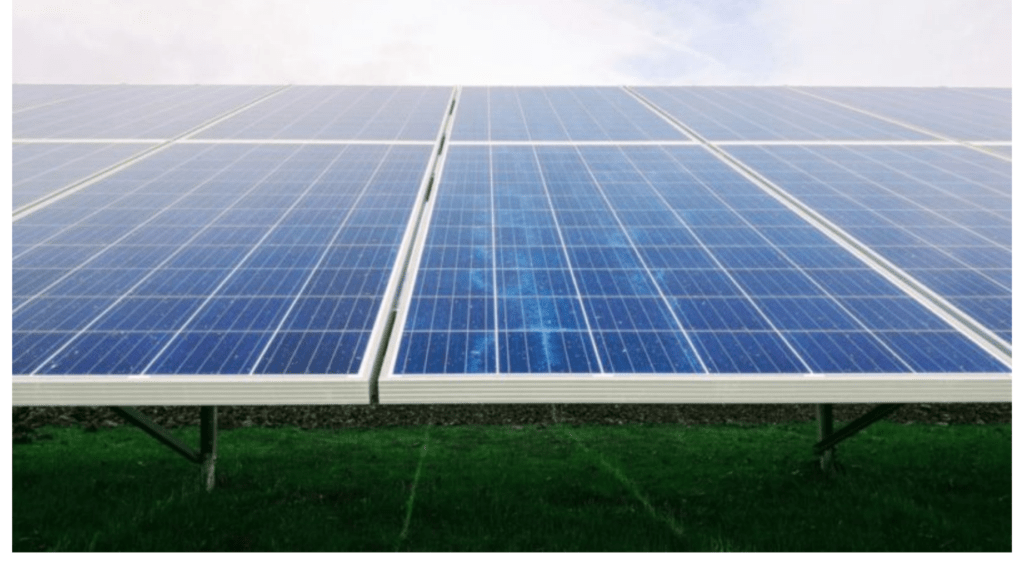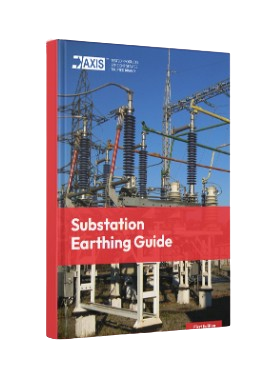The solar industry is one of the most flourishing sectors in India. Electricity production using solar energy is getting much cheaper and easy. The bimetallic solutions like bimetallic lugs & joints are playing a crucial role here. In this article, we will discuss how bimetallic solutions are becoming the norm in the solar industry. So, without further delay, let’s get started.
What are Cable Lugs?
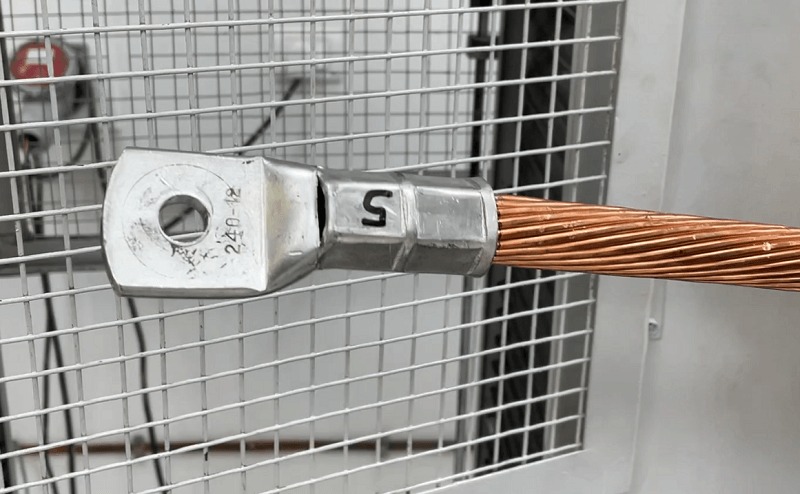
A Cable Lug is a component used to connect an electrical wire or cable to an electrical component, equipment, or termination point. Cable lugs are designed to create a secure, mechanically strong, and electrically conductive connection between the conductor and the component it is being connected to.
Lugs are used in situations where a strong and lasting electrical connection is necessary, but directly connecting the conductor to the equipment is not practical. This could be due to limited space, different conductor sizes or types or many other reasons. Lugs available in the market are primarily Copper, Aluminium or Bimetallic which is a combination of the first two.
Bimetallic Lugs & Joints
Have you ever linked an aluminium cable to a copper busbar?
Check that spot a few years later, and you will likely find corrosion.
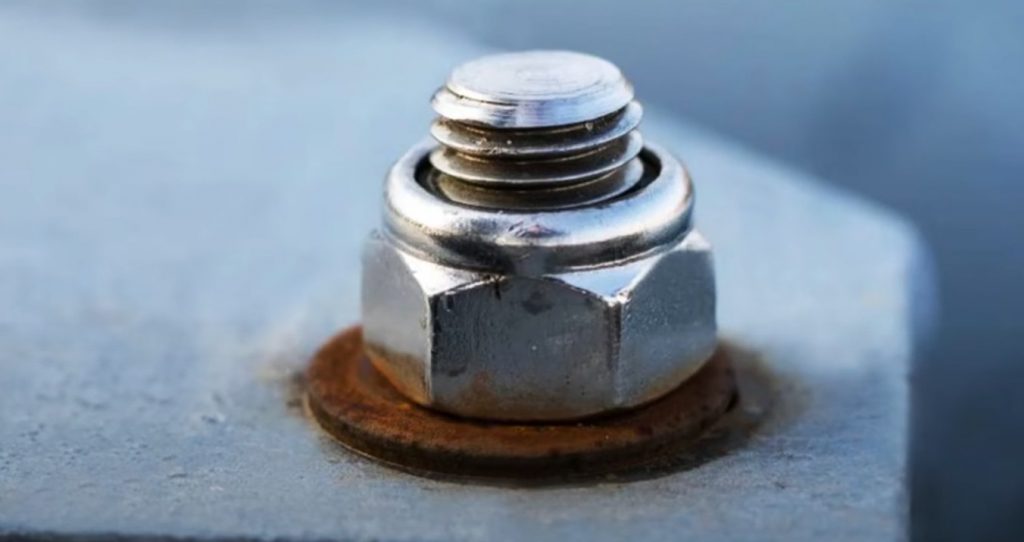
Generally, in the power system, aluminium cables are used. And the bus bars in the large solar arrays are made of copper. Hence, connecting the aluminium cable to a copper busbar creates a dissimilarity of contact, and it may lead to galvanic action, higher contact resistance, and corrosion.
Galvanic action or corrosion is simply when one metal corrodes preferentially when it is in electrical contact with another metal, in the presence of an electrolyte. In the case of copper and aluminium, aluminium acts as a sacrificial anode and becomes susceptible to corrosion. This corrosion interferes with your solar panel’s electrical connections, reducing power output and costing you money.
As a solution, bimetallic lugs are used. This way, aluminum conductors connect with the aluminum barrel, and the copper busbar connects with the copper palm. To stop oxidation, the inside of the lug barrel is coated with an Oxide Inhibiting Compound. This enhances the contact quality and ensures a smooth electrical connection. Bimetallic lugs ensure that the joints are technically sound and durable.
But why do these bimetallic lugs themselves don’t develop dissimilar metal corrosion?
You might be thinking, here also two distinct electrochemical properties are coming in contact, then how are they safe?
Talk to our engineers!
The answer to this question is Friction Welding. In this, you join two metallic surfaces by generating heat through friction. The parts being joined are held under high compressive load. This leads to the diffusion of atoms across the interface, resulting in a metallurgical bond between the materials. This bond eliminates dissimilar metal corrosion.
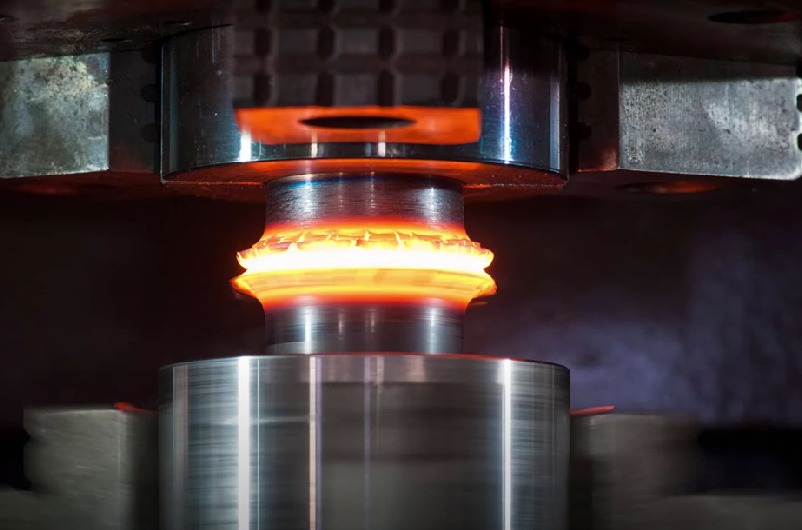
Need and Application of Bimetallic Lugs in Solar
Solar panels are installed in open environments, where rain, humidity, big temperature changes, and salty air can cause problems. The moisture content in these factors starts electrochemical reactions that lead to corrosion. This is where bimetallic lugs come into the picture.
In a large solar array, these bimetallic lugs play a crucial role. In the combiner box of the solar system, the output of all the solar strings combines for the inverter. Power systems usually use aluminum cables because they are economical and light. But when we connect an aluminum cable to a copper busbar this causes different metals to come into contact. This will lead to galvanic corrosion and thus lower power output for your solar farm. Here the use of bimetallic lugs ensures that each connection is durable, safe, and efficient.
Bimetallic Strip for Solar Tracking
Throughout the day, the sun changes direction and the solar panels need to adjust their angle accordingly. Bimetallic strips sense temperature changes and accordingly change the solar panel’s direction. These strips work on the principle of “Different Thermal Expansion Coefficients” of two dissimilar metals bonded together.
In simple words, the bimetallic strip consists of two thin strips of different metals (for example – steel and copper or steel and brass) bonded together along their lengths. These metals have different coefficients of thermal expansion, which means they expand or contract at different rates when subjected to temperature changes.
With the bimetallic strip, solar tracking becomes automatic, increasing the efficiency of solar energy use and reducing energy loss.
Bimetallic Nanogratings in Solar Cells
Many times, due to less thickness, the thin-film solar cells suffer from poor power absorption. But with the use of nanogratings of Al–Cu, the absorption efficiency improves. Using these nanocoatings the solar cell absorbs light for the long-wavelength region (670–1060 nm) with an average simulated absorption rate of more than 70%. Other crucial variables such as photocurrent density, small incident angle insensitivity, tuneability, and structural parameter tolerance show remarkable improvement.
Conclusion
The bimetallic solutions are helping the solar industry in every other aspect. Here we have discussed a few of the major ones.
Thank you for reading and if you found this informative, then feel free to contact us to get a quote or to know more about our products; visit our product section at https://axis-india.com/products/

